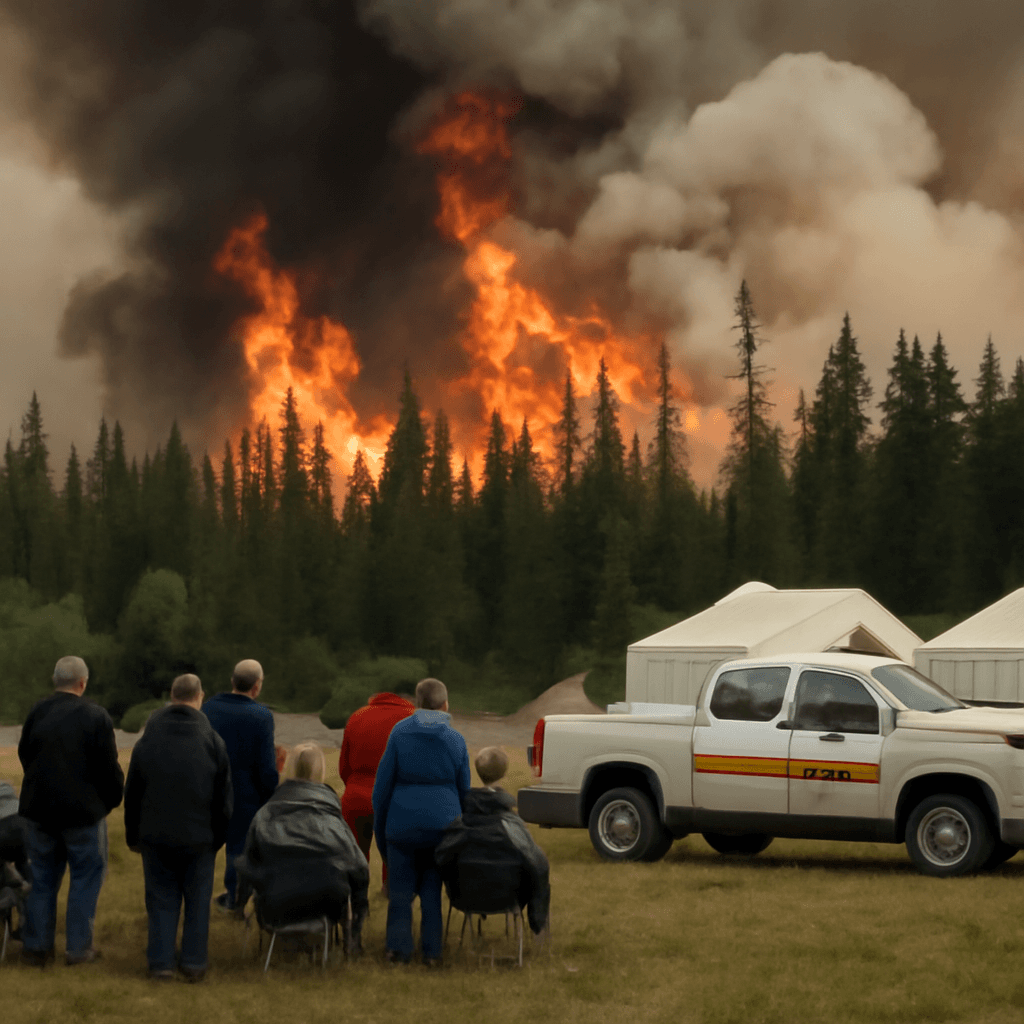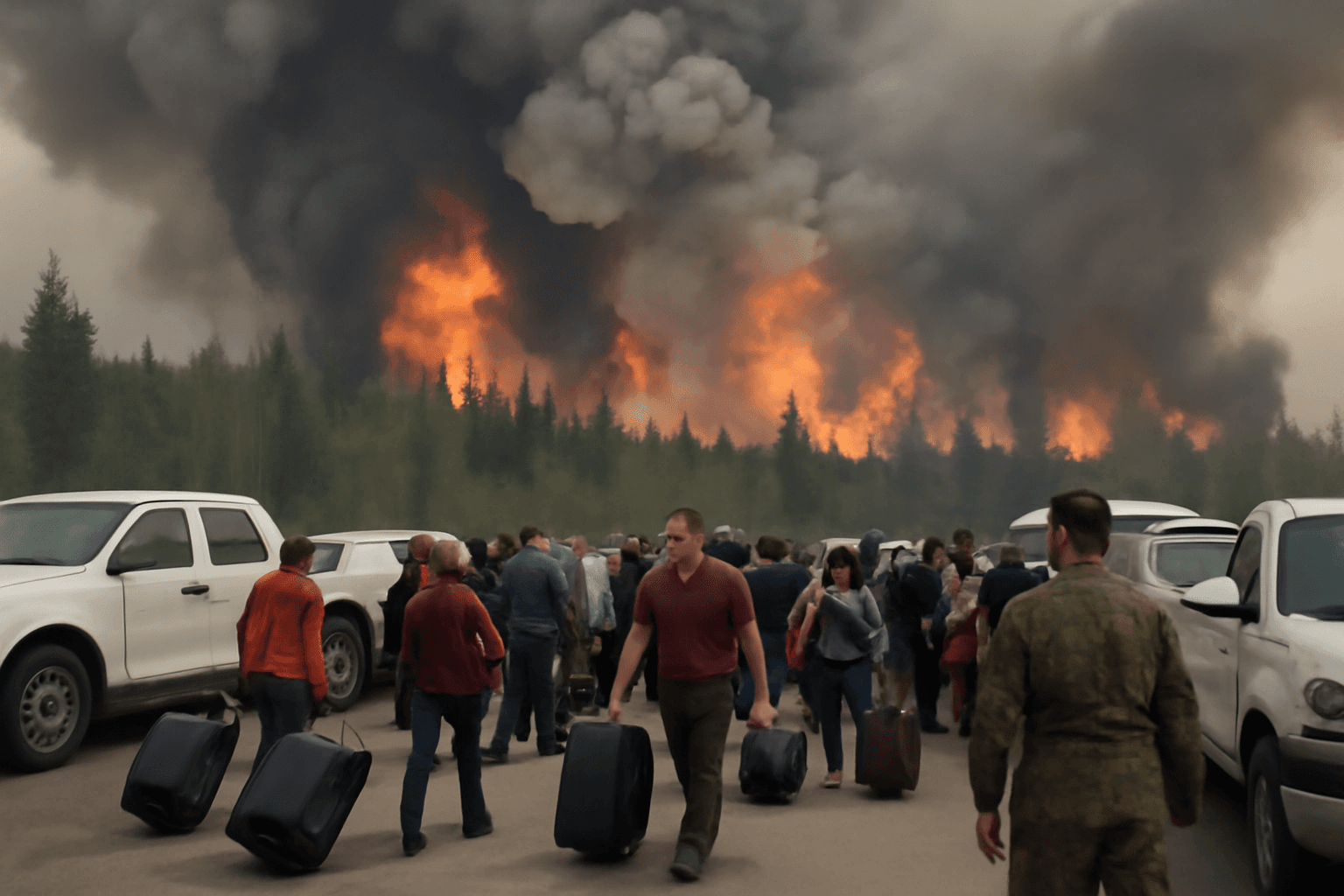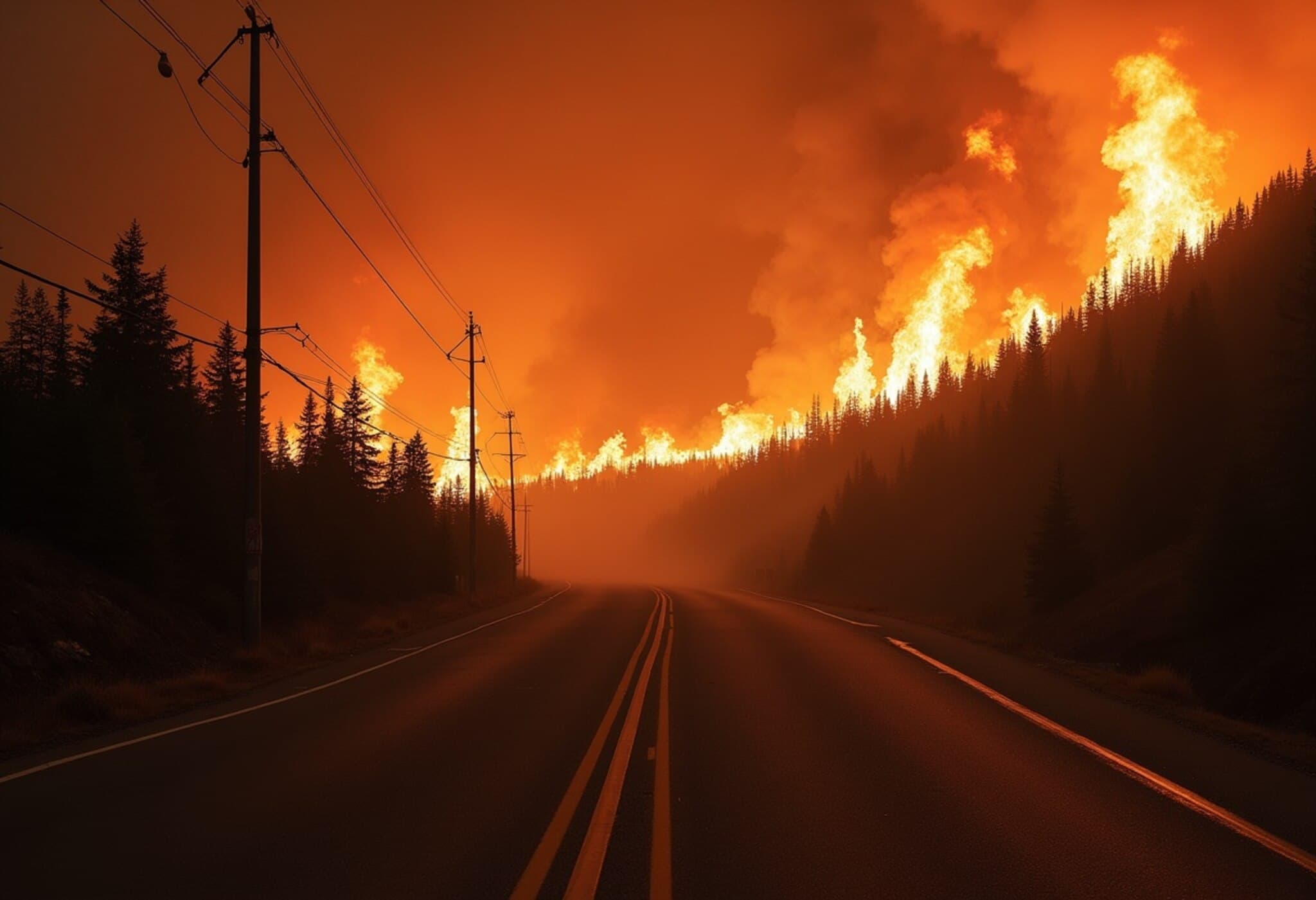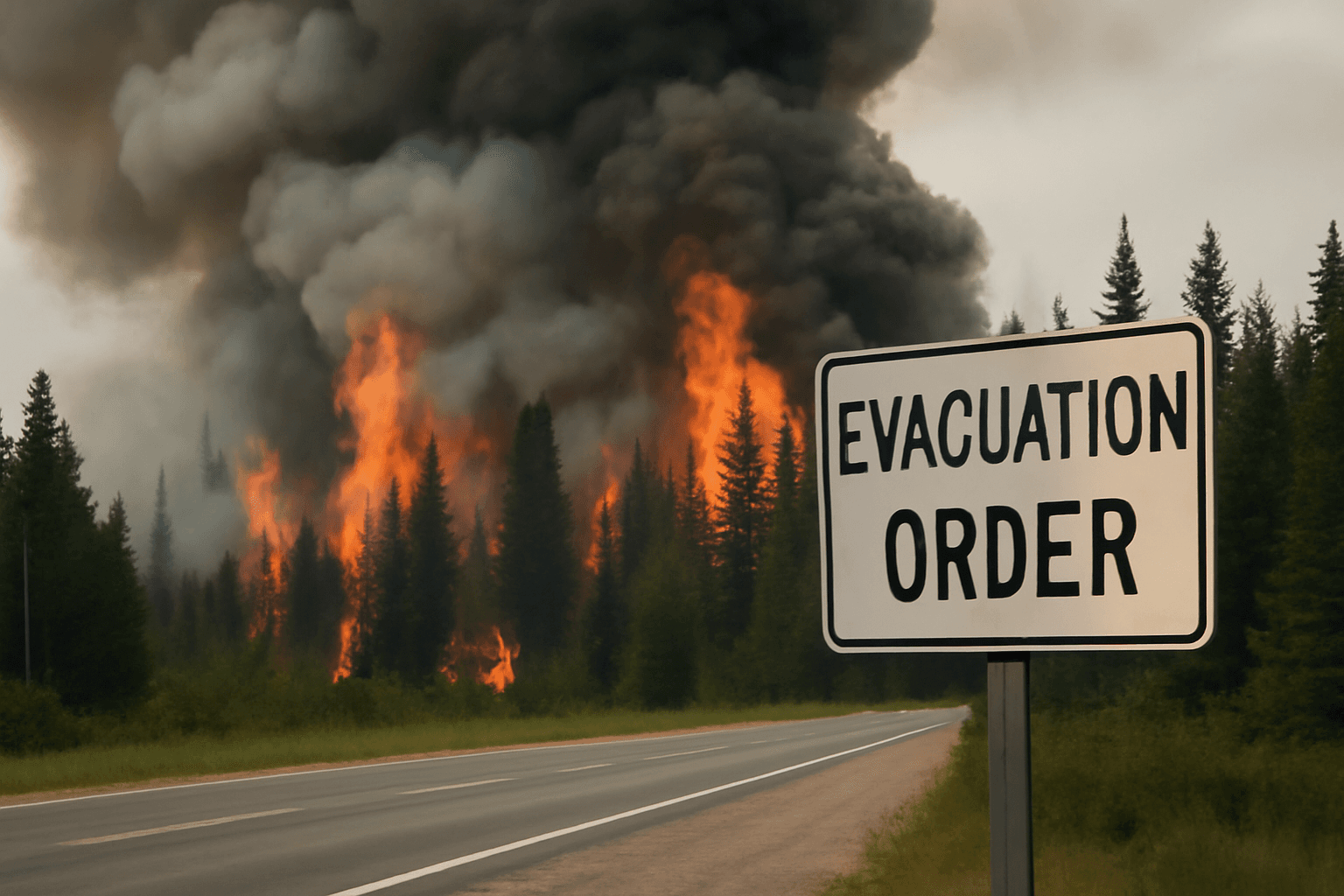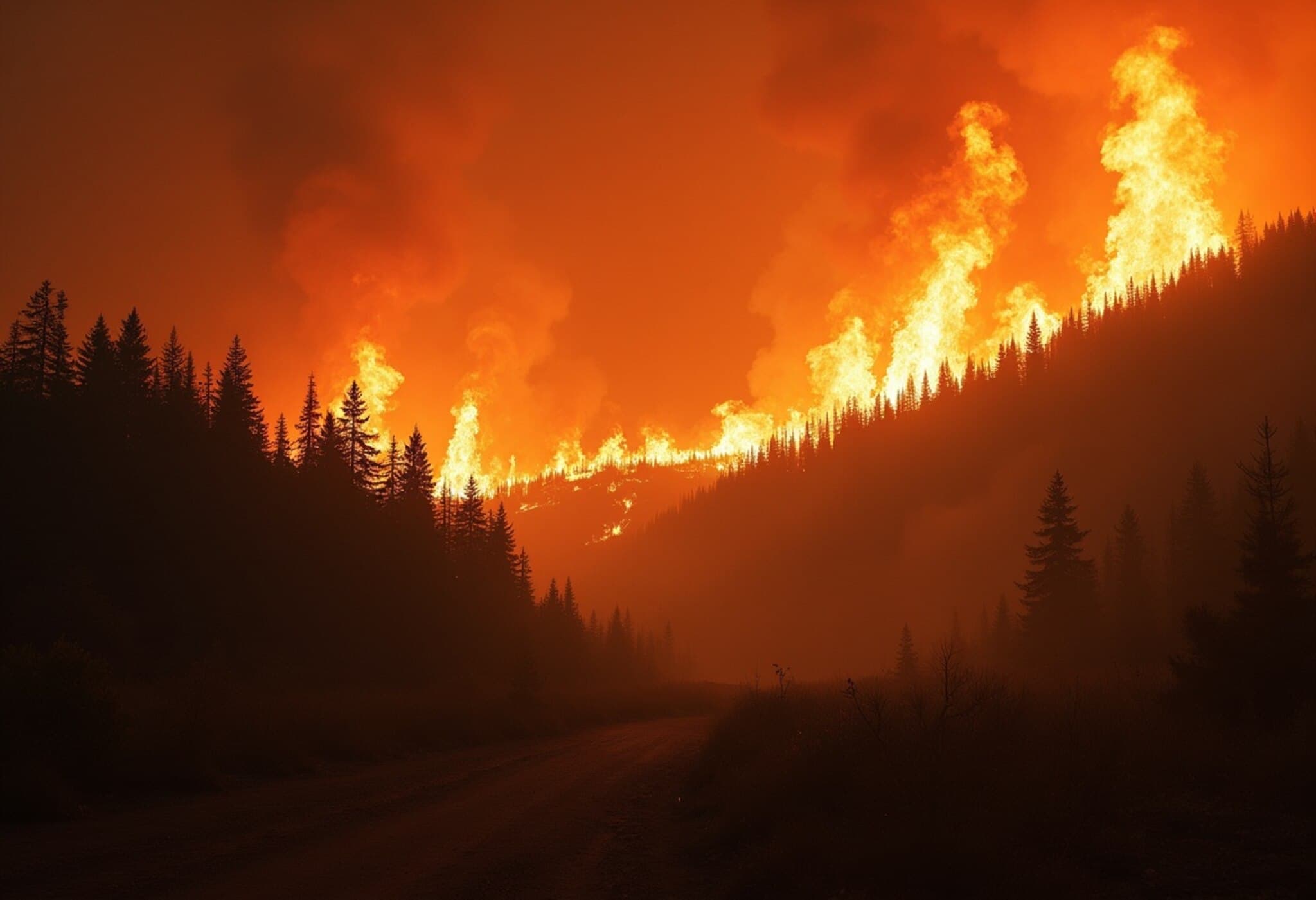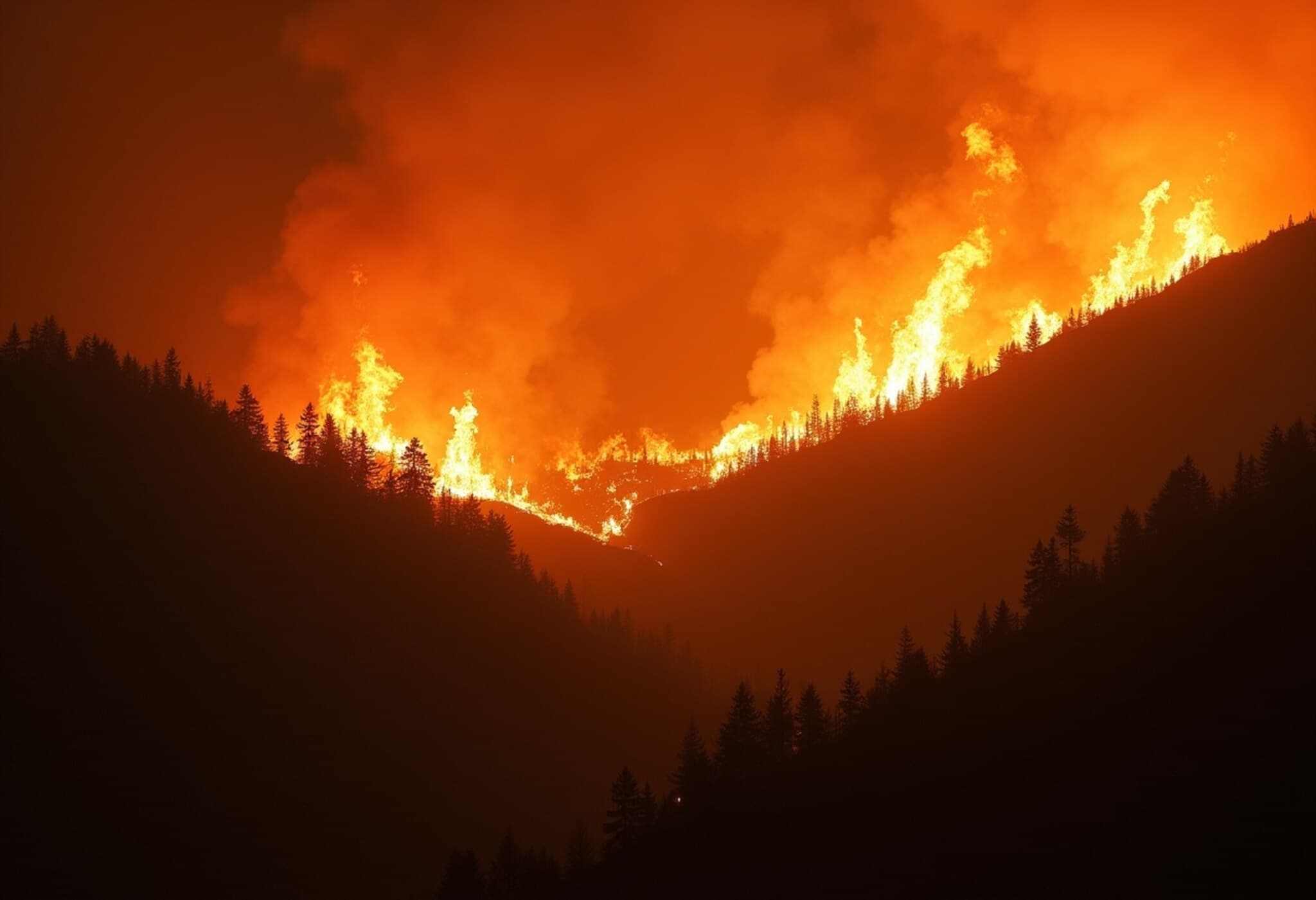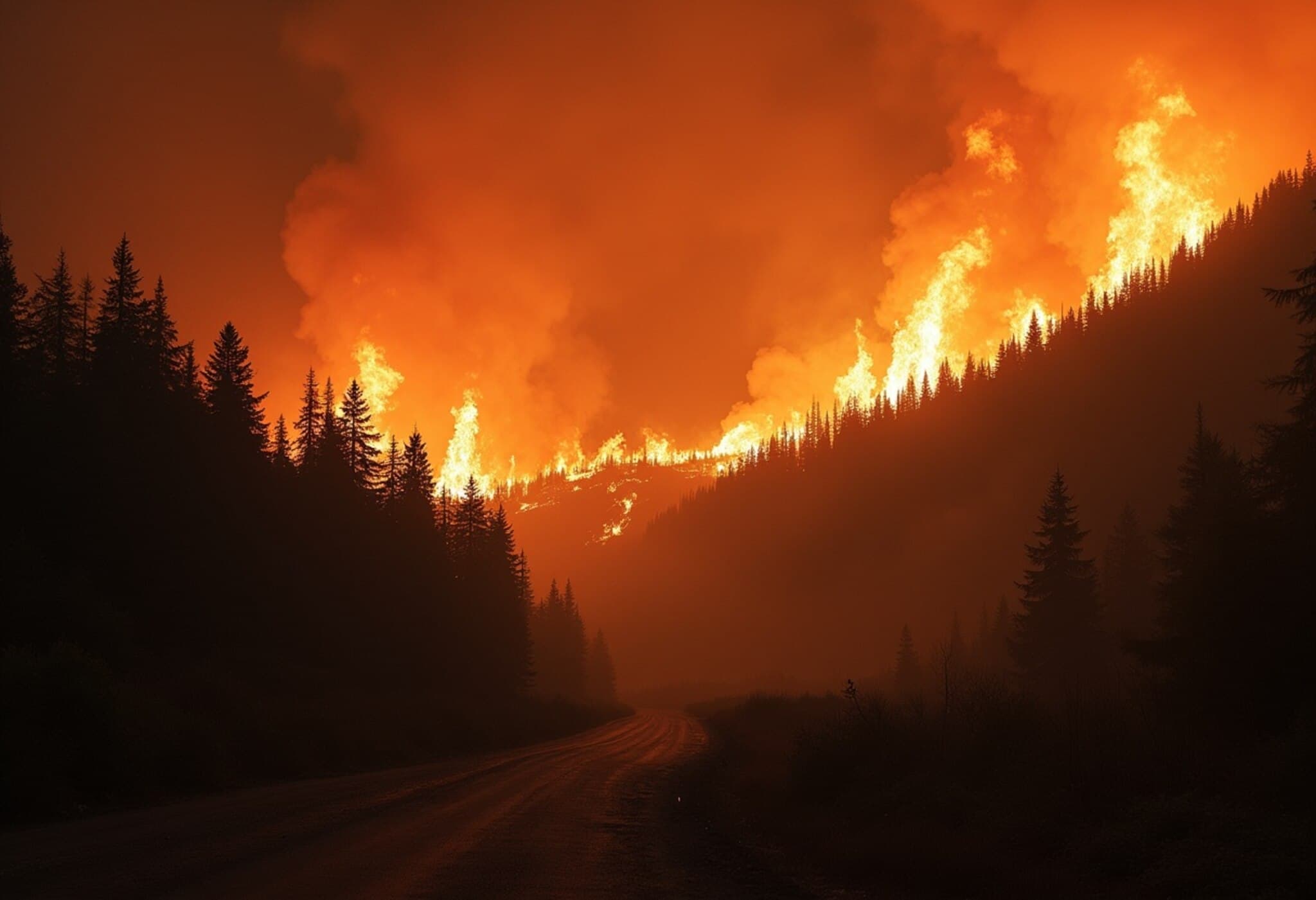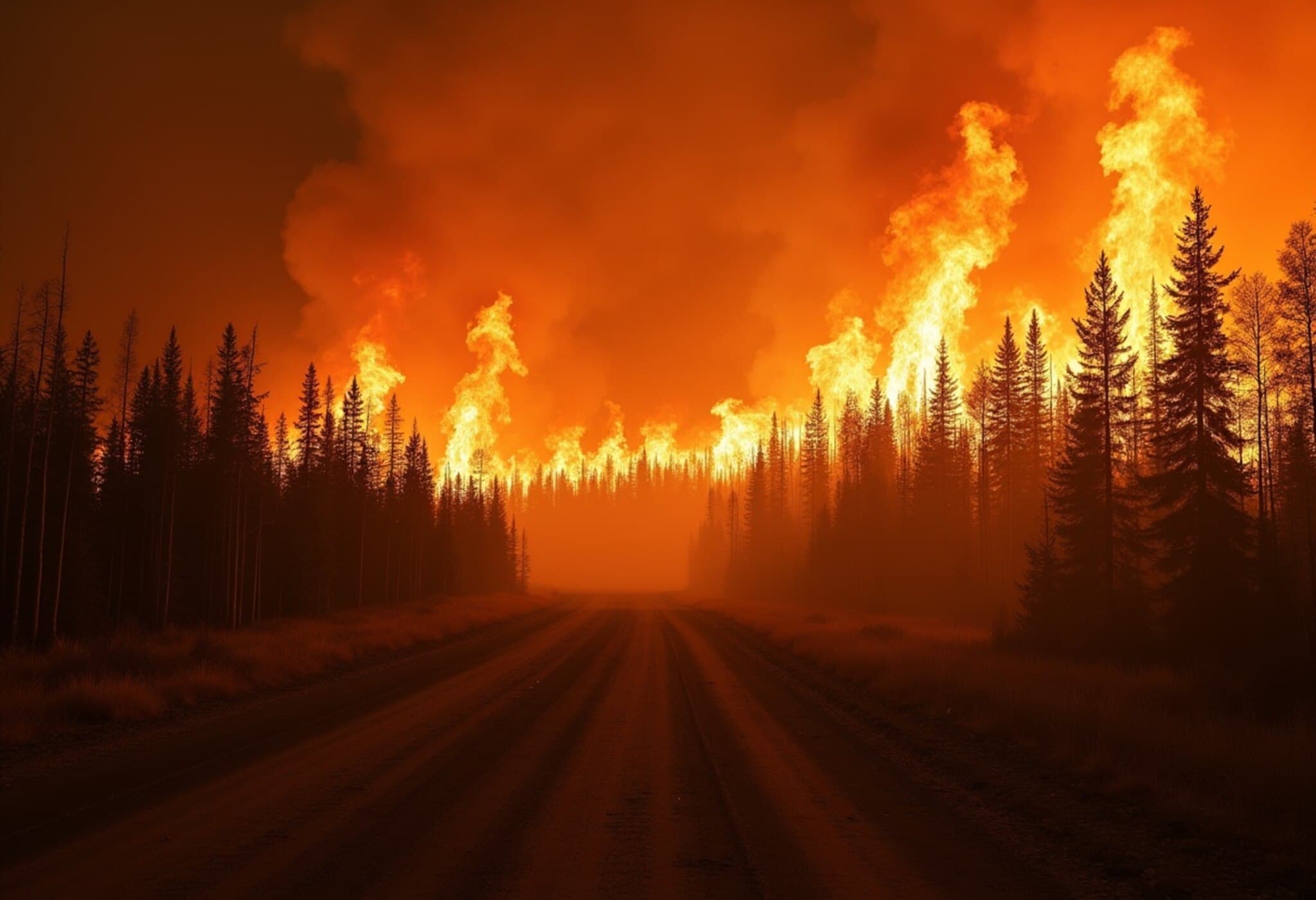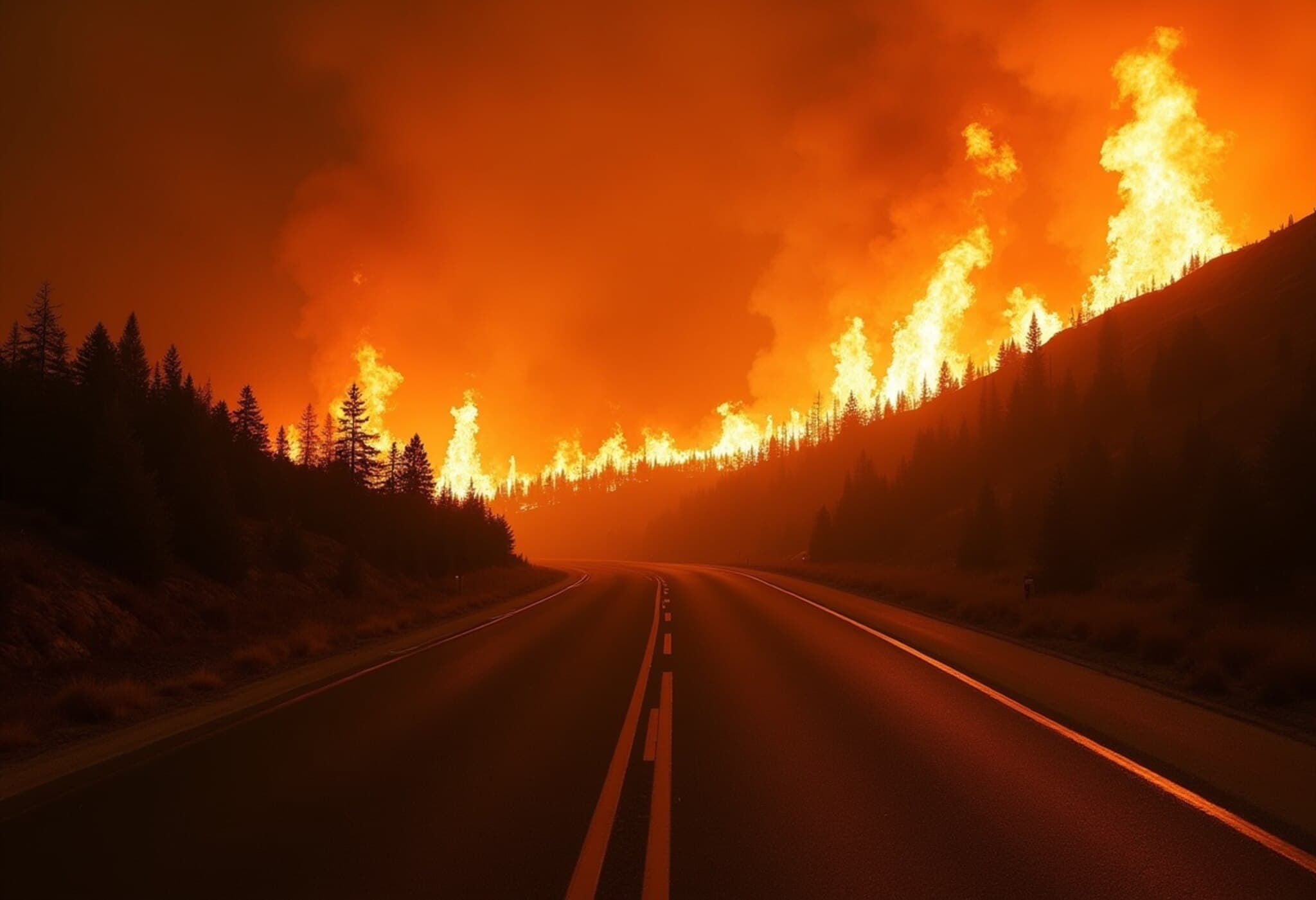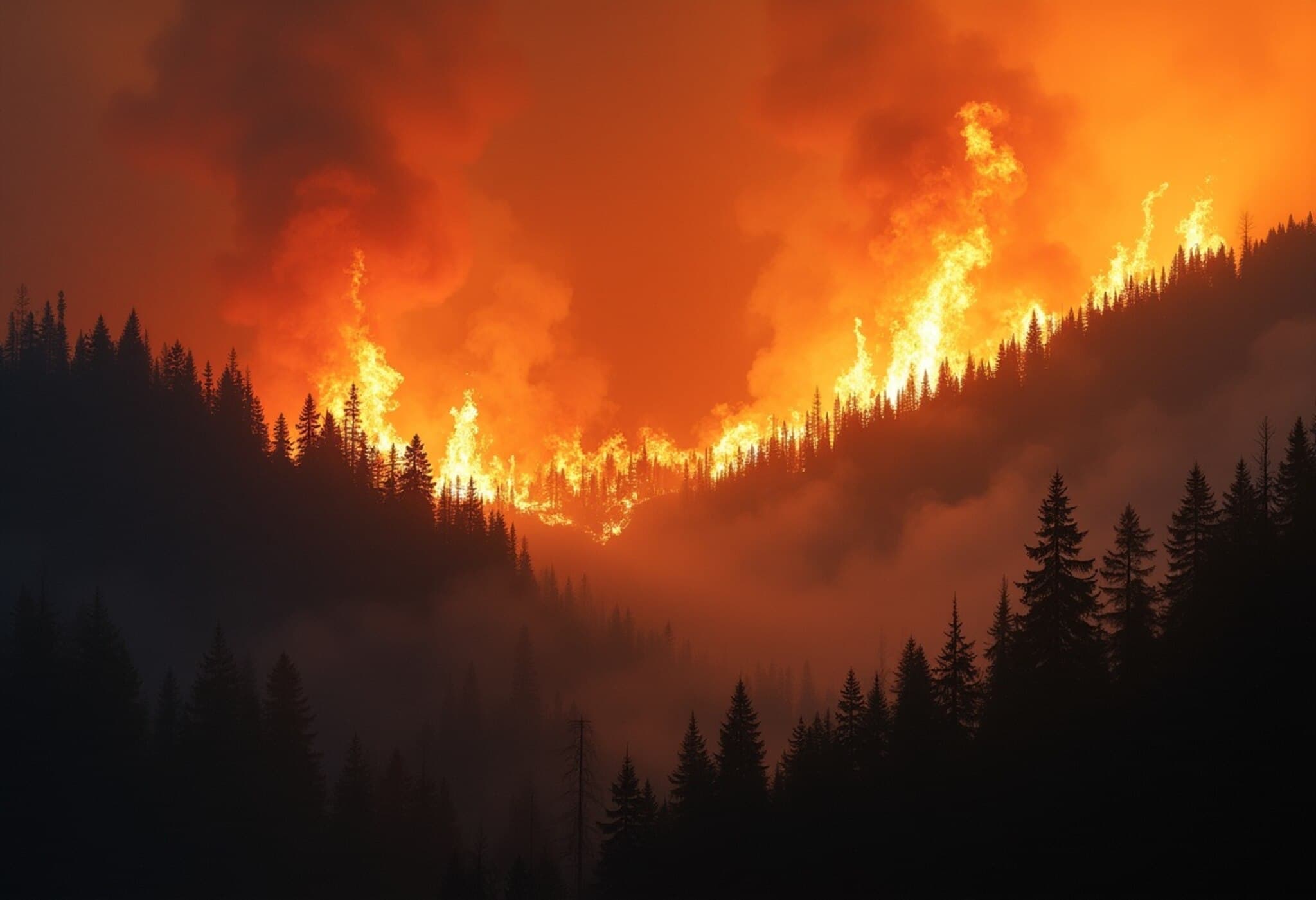Mass Evacuations Triggered by Waging Wildfires Across Canada
More than 25,000 residents have been displaced across three Canadian provinces as numerous wildfires persist, severely impacting air quality in both Canada and neighboring U.S. border states. The provinces of Manitoba, Saskatchewan, and Alberta are grappling with rapidly spreading fires fueled by dry weather conditions and fluctuating winds.
Evacuation Statistics and Impact
- Manitoba has evacuated approximately 17,000 residents following a state of emergency declaration.
- Saskatchewan accounts for around 8,000 evacuees.
- Alberta has relocated about 1,300 residents.
Authorities anticipate that evacuation numbers may rise as firefighting efforts are challenged by volatile weather and fire behavior.
Air Quality Concerns and Health Warnings
The dense smoke generated by these fires is substantially degrading air quality over a wide area, including parts of the U.S. states bordering Canada. Health officials have advised residents to limit outdoor activities and wear masks when exposure is unavoidable. Air quality can vary markedly over short distances and fluctuate hourly, increasing associated health risks.
Conditions Fueling the Fires
Persistent hot and dry weather has allowed several fires to intensify, threatening nearby communities. Fire containment efforts remain stretched thin due to limited resources. Officials emphasize that the coming week is critical until weather patterns shift, ideally bringing significant rainfall that could aid containment.
Notable Affected Areas
- More than 5,000 evacuees are from Flin Flon, Manitoba, located roughly 645 kilometers northwest of Winnipeg.
- Cranberry Portage, northern Manitoba, lost power due to fire damage, triggering a mandatory evacuation for approximately 600 residents.
- The fire near Creighton, Saskatchewan, which started a week prior, has expanded into Manitoba, proving difficult to contain.
Cross-Border Smoke Effects and Assistance
The U.S. Environmental Protection Agency noted "unhealthy" air quality levels in North Dakota and isolated parts of Montana, Minnesota, and South Dakota due to wildfire smoke. Meteorologists predict continued smoke drift across the U.S. over the next week. Additionally, a 50-acre wildfire in Idaho prompted local road closures.
To bolster firefighting efforts, the U.S. Department of Agriculture’s Forest Service has deployed personnel and equipment, including an air tanker, to assist Canadian authorities.
Support and Shelter for Evacuees
Evacuation centers have been established throughout Manitoba, including in Winkler near the U.S. border, providing refuge for evacuees. Winnipeg has opened public buildings to accommodate displaced individuals as hotels are near capacity due to ongoing tourism and events.
Indigenous leaders have raised alarms about the shortage of hotel accommodations for evacuees, urging prioritization of displaced residents in emergency housing plans. The Assembly of Manitoba Chiefs’ Grand Chief highlighted the crisis as one of the largest evacuations since the 1990s, particularly noting the vulnerability of remote Indigenous communities.
Many evacuees face challenging conditions, with some sleeping on floors and congregating in communal areas. Community leaders call for greater support and solidarity as efforts continue.
Context of the Wildfire Season
Canada's wildfire season runs from May to September. The previous year saw the nation's worst-ever wildfire season, producing hazardous smoke that affected large portions of North America for months. This season's early and intense fires underscore ongoing challenges in wildfire management amid changing climate conditions.

